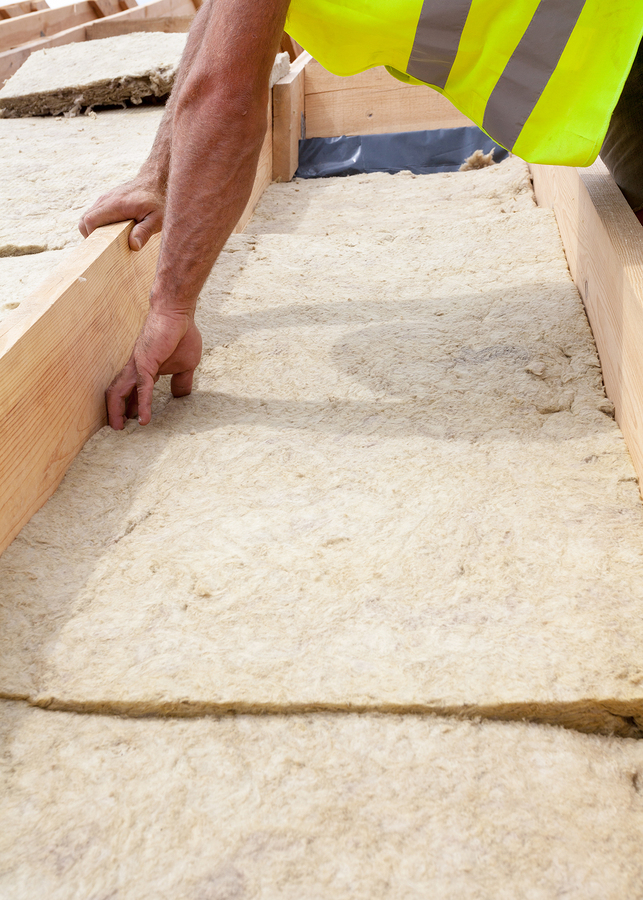Five Tips for Fireproofing Your Home’s Roof
When it comes to the roof, most homeowners are only concerned about preventing leaks or just general roof repair. But what about keeping it safe from fire? The roof is one of the most susceptible parts of the house and if not properly fireproofed it can increase the risk of fire damage and injury. However, with certain measures you can minimize the amount of damage on your property and improve the safety of your home. Here are a few tips you can employ to fireproof your roof.
 Check The Fire Ratings Of Your Roofing Materials
Check The Fire Ratings Of Your Roofing Materials
In certain areas of the country where the risk of fire is high, building codes will require that you use fireproof materials when installing your roof to protect the house and the occupants in the event of a fire breakout. The International Business Code categorizes roof materials based of how far and fast fire can spread after it interacts with the roofing materials. To get a Class A, B, or C rating, the utmost fire spread allowed is between 20-40 square feet for roof assemblies. The ratings are as follows:
- Class A: These roofing materials are classified as having the highest fire-resistance rating as indicated by ASTM-108. These materials are also capable of enduring severe exposure to fire originating from sources outside the house.
- Class B: Roofing materials that fall in this class are able to withstand moderate exposure to fires coming from outside the house.
- Class C: This fire resistance rating indicates that the roofing material can only withstand a minimal exposure of fire originating from the exterior of the house.
Typically, most roofing materials made from fiberglass have Class A ratings, while those made of organic materials such as wood shingles fall into the C Class category. Speak to your roofing company to know which roofing material best fits your house.
Cut Down Any Vegetation Near Your Roof
While vegetation may lighten up your yard, it can also create a perfect fire-path especially if the vegetation is dry. Consider pruning any dry shrubs around your yard especially during the dry season. In addition, if there are any tree branches extending toward your roof, cut them down. The Federal Emergency Management Agency (FEMA), urges homeowners to create at least 30 feet of space between your house and vegetation.

Clean Your Gutters and Roof Of Any Debris
Debris from vegetation such as tree leaves can be carried by wind onto the roof and gutters. This not only causes damage to your roof and gutters, but also provides space for embers to blow into. And since embers are usually the foremost causes of home fires, it is vital to keep your roof and gutters clean to prevent the embers from coming into contact with the debris.
Repair Any Cracks In Your Roof
Any cracks on the roof can cause embers and brands to blow into the attic. Ensure that you contact your roofing company to have fire-stops installed into specific parts of your roof’s internal structure. The fire-stops bar fire from penetrating from one part of the roof to the other.
Inspect Any Aging Signs
Eventually, your roof will show signs of aging. However, certain materials such as wood shingles are susceptible to certain elements such as weathering making them more susceptible to fire.
If you need to install a new roof, or need some help fireproofing your roof, contact All-Nu Construction today. We will be happy to offer you with a complimentary estimate and discuss great fireproof options that can help protect your home.

